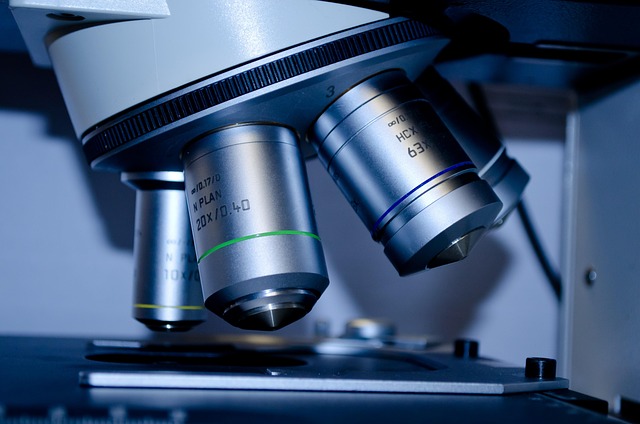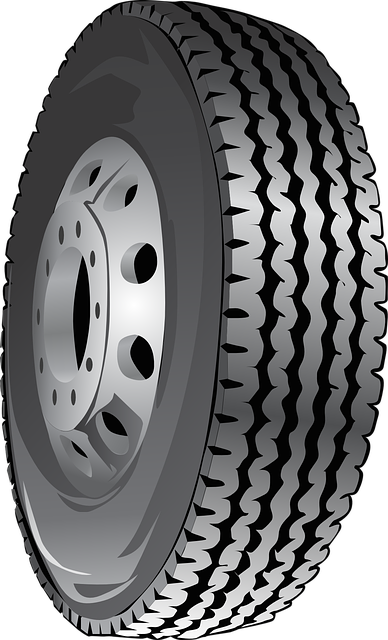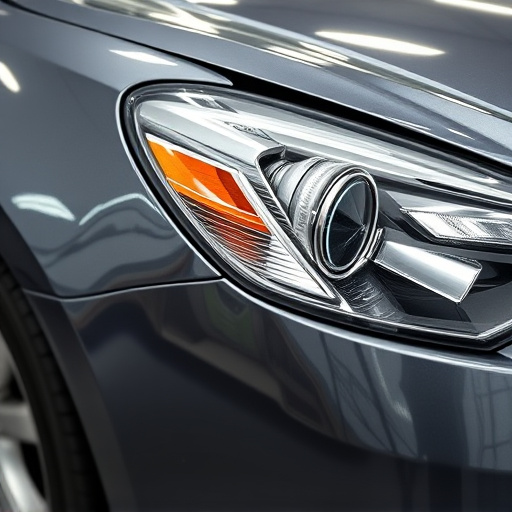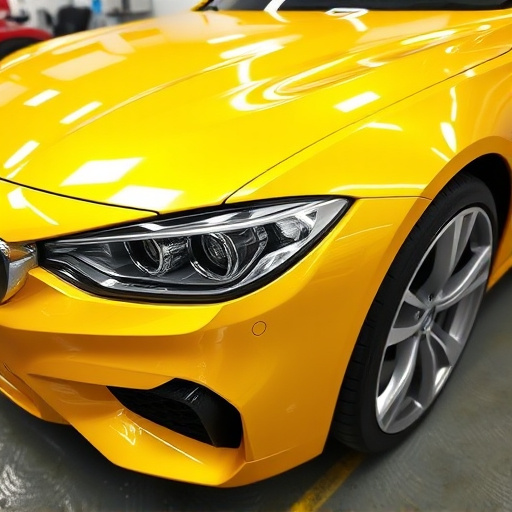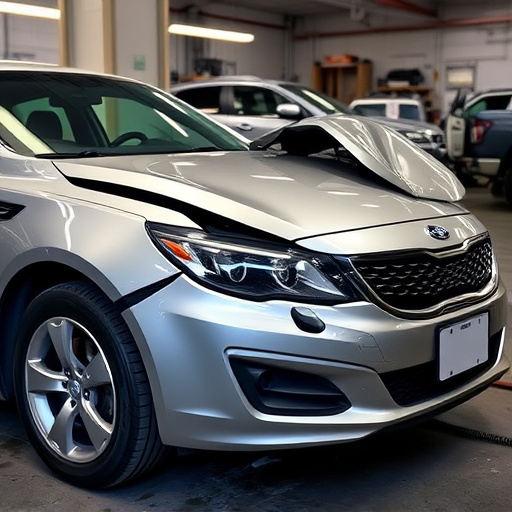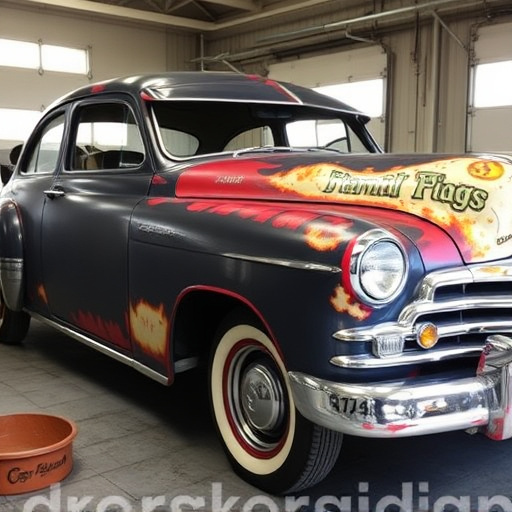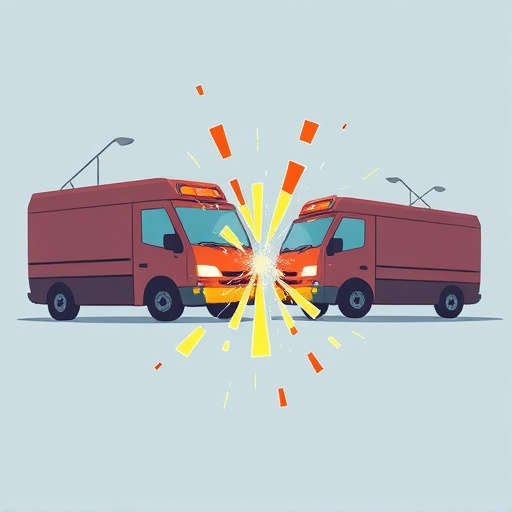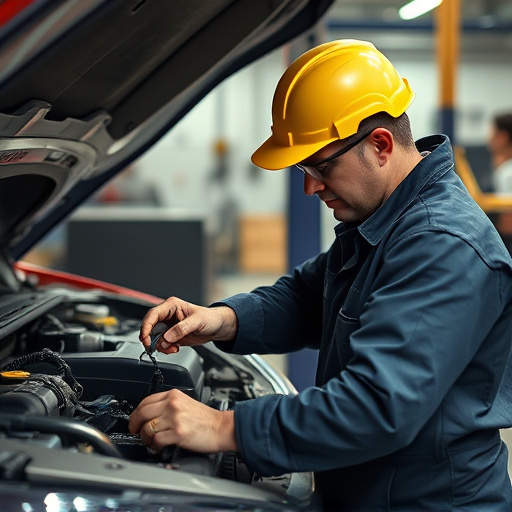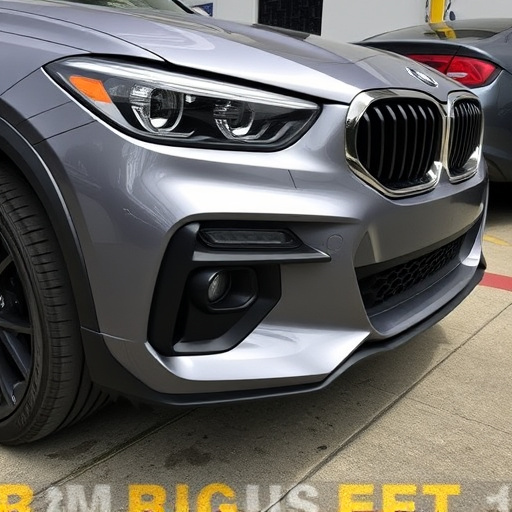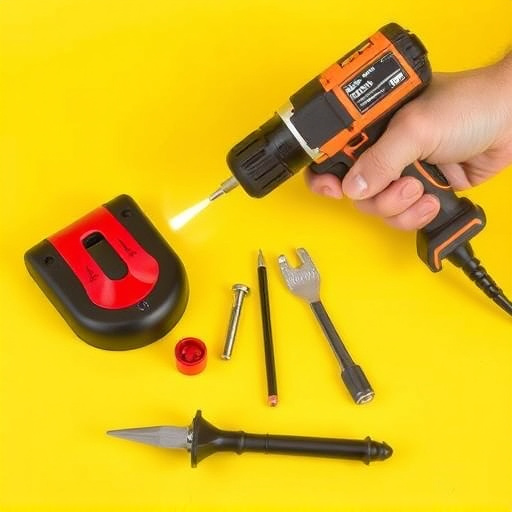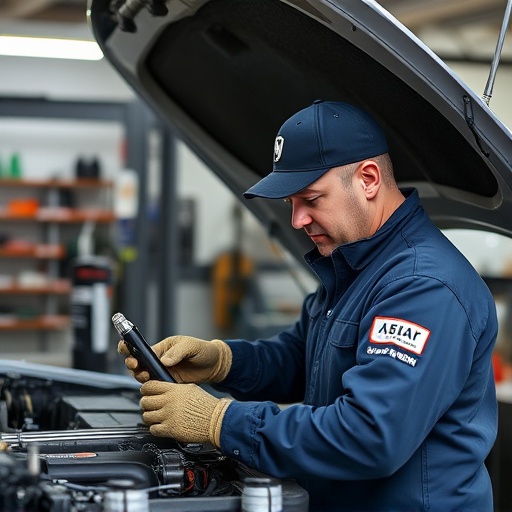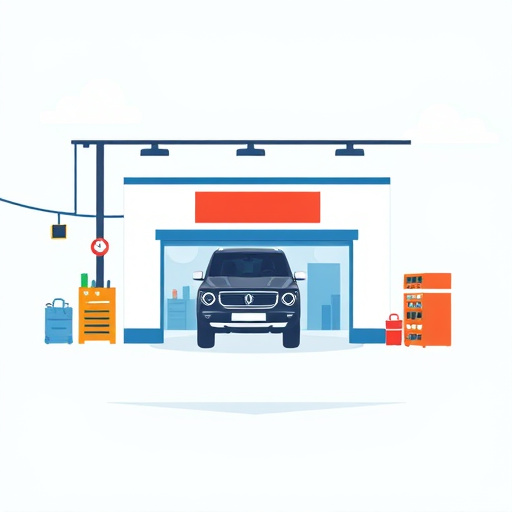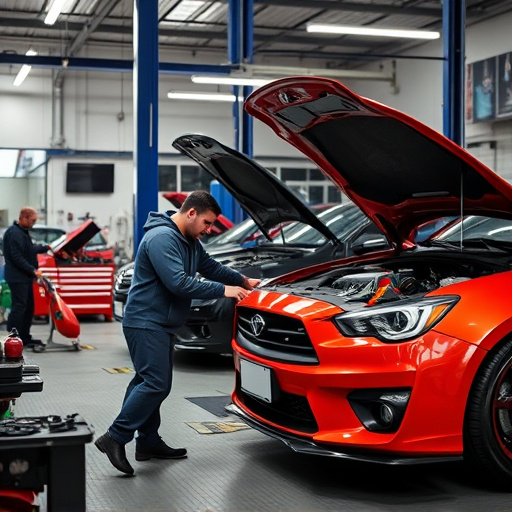Clear coat is a crucial component in computerized paint matching for auto repairs, serving as both a protective layer and color match facilitator. Its reflective properties enable precise analysis of vehicle surfaces, maintaining vibrancy and accuracy, especially on complex designs. Optimizing clear coat application ensures flawless results, preserving aesthetic integrity and value, from minor dents to comprehensive overhauls.
In the precision realm of computerized paint matching, clear coat plays a pivotal role. This article delves into how clear coat significantly impacts the accuracy and quality of paint outcomes. We explore its essential function in enhancing color consistency and ensuring flawless results. Understanding the science behind clear coat’s interaction with colors is key to optimizing computerized paint matching processes. By unraveling these secrets, professionals can revolutionize their techniques for superior craftsmanship.
- Understanding Clear Coat's Role in Paint Matching
- The Science Behind Clear Coat and Color Accuracy
- Optimizing Computerized Matching with Clear Coat Application
Understanding Clear Coat's Role in Paint Matching
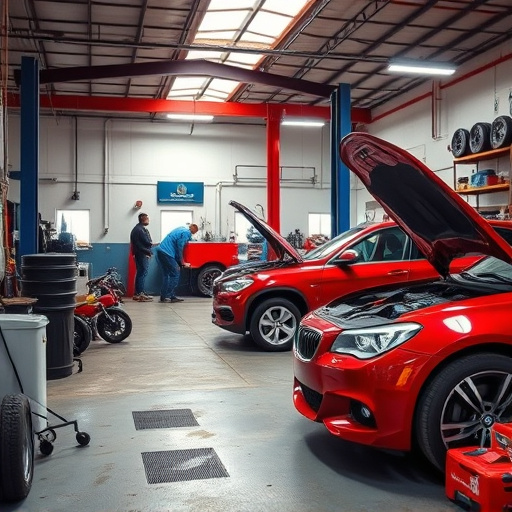
Clear coat plays a pivotal role in computerized paint matching processes used in modern auto repair services and vehicle collision repair scenarios. It’s not just a finishing layer; it significantly influences the precision and durability of color matches. The clear coat, applied over the base paint, creates a protective barrier that shields the paint from environmental factors like UV rays, moisture, and contaminants. This protection ensures that the original vehicle bodywork retains its vibrant, accurate color even after minor scrapes or exposure to harsh conditions.
Moreover, the reflective properties of clear coat help in the computerized paint matching process by providing a precise surface for scanners and sensors to analyze. This is particularly crucial when dealing with intricate vehicle designs and unique color formulations. By ensuring the clear coat is in optimal condition, auto repair technicians can achieve a seamless blend between new and repaired sections, making it nearly impossible to distinguish the difference—a true testament to the technology’s sophistication in modern vehicle collision repair.
The Science Behind Clear Coat and Color Accuracy
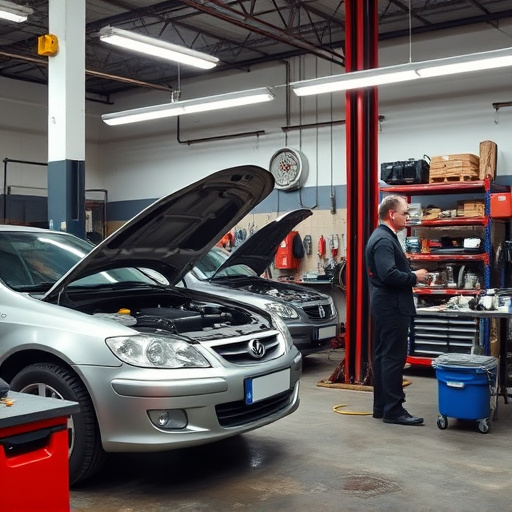
The clear coat, a thin, protective layer applied over painted surfaces, plays a significant role in maintaining color accuracy during computerized paint matching processes. Its primary function is to shield the base coat from environmental factors like UV radiation, moisture, and dirt, which can cause fading or discoloration. By creating a barrier between the paint and these elements, clear coats ensure that the original color remains vibrant and consistent over time.
In collision repair services, where car collision repair and dent repair are common, precise color matching is essential to restore vehicles to their pre-accident condition. Computerized paint matching systems rely on advanced technology to analyze and replicate colors with high accuracy. However, the presence of a clear coat can complicate this process as it modifies the way light interacts with the paint. Understanding the science behind clear coats and their impact on color accuracy is crucial for achieving optimal results in these professional repair services.
Optimizing Computerized Matching with Clear Coat Application
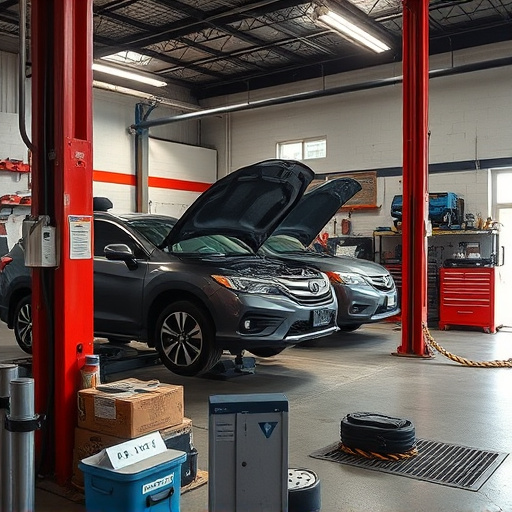
Optimizing Computerized Paint Matching with Clear Coat Application plays a pivotal role in achieving precise and flawless results, especially in the realm of automotive body work, including fender repair and luxury vehicle repair. The clear coat acts as the final protective layer, enhancing the accuracy of the computerized paint matching process. By ensuring an even and transparent finish, it reveals the underlying base color accurately, minimizing any distortion or variation that could occur without this critical step.
This meticulous process is crucial for maintaining the aesthetic integrity and overall value of vehicles undergoing repair. Advanced computerized systems are designed to match not just the color but also the texture and reflectivity of original paintwork, making them indispensable tools in modern automotive body shops. The strategic application of clear coat allows these systems to deliver a symphony of colors, ensuring that every vehicle leaves the shop looking as good as new, be it a simple fender repair or comprehensive luxury vehicle repair.
Clear coat plays a pivotal role in achieving accurate and consistent computerized paint matching. By understanding its interaction with pigments and enhancing surface conditions, clear coat optimizes the color-matching process. This article has explored the science behind clear coat application, highlighting how it refines color accuracy and enhances overall painting outcomes. Embracing best practices for clear coat use can revolutionize computerized paint matching, ensuring superior results in modern automotive and industrial applications alike.
